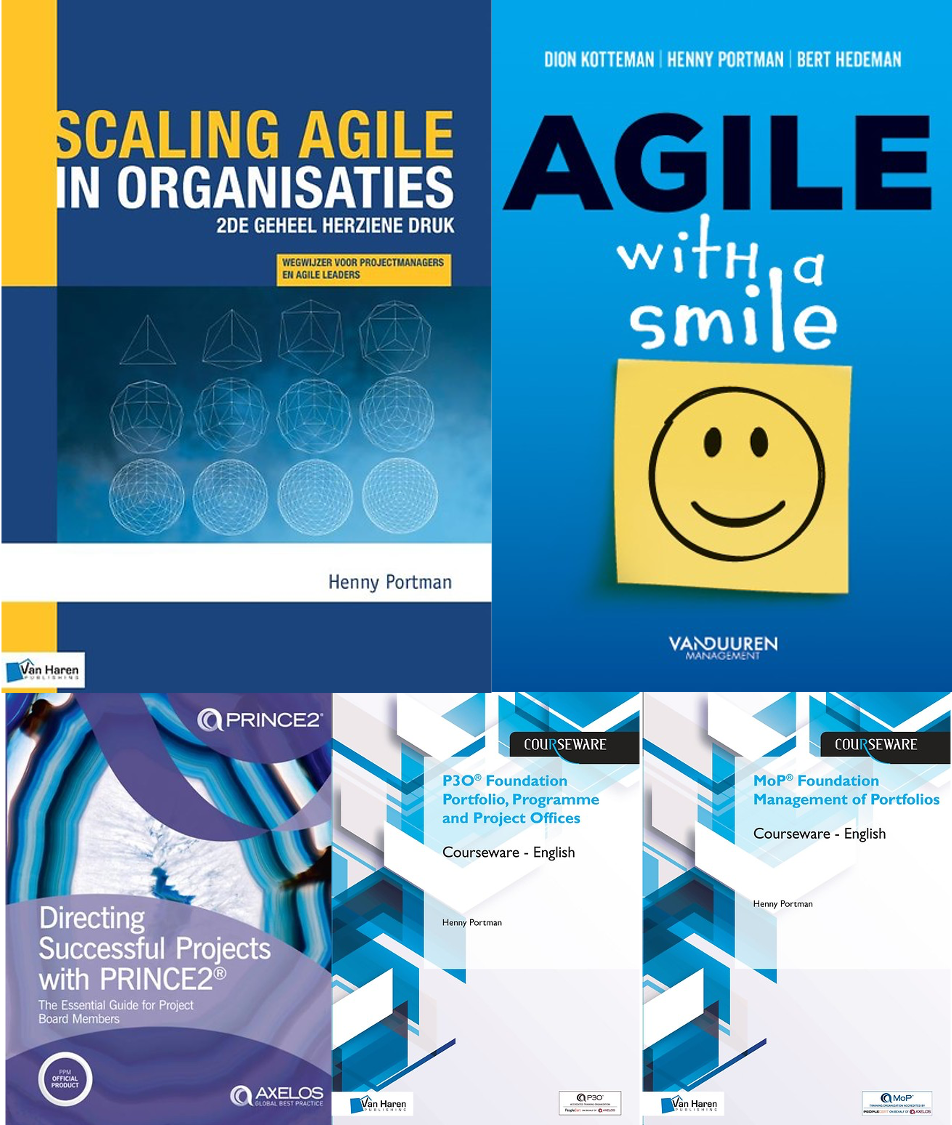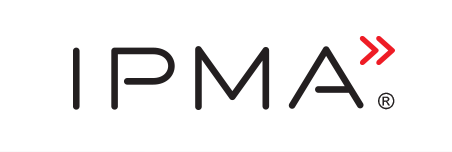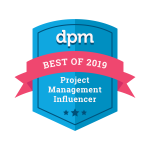 The guide was released by the centre of Excellence in Project Management Methodology (CoEPM2) of the European Commission.
The guide was released by the centre of Excellence in Project Management Methodology (CoEPM2) of the European Commission.
The PM2 guide incorporates elements from globally accepted best practices, standards and methodologies.
The PM2 Methodology provides:
- A project governance structure
- Process guidelines
- Artefact templates
- Guidelines for using artefacts
- A set of effective mindsets
- Competences
The house of PM2 shows:
A foundation including Project Management Best Practices and The PM2 Methodology Guide. Build on this foundation we find four pillars representing:
- Governance: 5 management layers: Appropriate Governance Body, Project Steering Committee (Directing layer: Project Owner, Solution Provider, Managing layer: Business Manager, Project Manager), Performance layer (Business Implementation Group, Project Core Team) and optional a Project Support Team.
- Lifecycle (4 phases, 3 phase gates and approvals: Ready for Planning, Ready for Execution, Ready for Closing. Where needed: tailoring and customization and a structure to support agile teams)
- Processes:
- Initiating: Initiating meeting, project initiation request, business case, project charter
- Planning: planning kick-off meeting, project handbook, project stakeholder matrix, outsourcing plan, project work plan, deliverables acceptance plan, transition plan, business implementation plan
- Executing: executing kick-off meeting, project coordination, quality assurance, project reporting, information distribution
- Monitoring & Control: monitoring project performance, control schedule, control cost, manage stakeholders, manage requirements, manage project change, manage risk, manage issues and decisions, manage quality, manage deliverables acceptance, manage transition, manage business implementation, manage outsourcing
- Closing: project-end review meeting, lessons learned and post-project recommendations, project-end report, administrative closure.
- Artefacts: requirements management plan, project change management plan, risk management plan, issue management plan, quality management plan, communication management plan, change log, risk log, issue log, and decision log.
The roof represents Effective (solutions & benefits) Delivery supported by Control & Agility and PM2 Mindsets (apply PM2, remain mindful, committed, deliver max. value, involvement, invest, become better, share knowledge, improve, inspiration).
In the appendix, we get:
- Overview of commonly used PM tools & techniques: PESTEL analysis, make or buy analysis, stakeholder interest/influence matrix, risk likelihood/impact matrix, work breakdown structure, deliverables breakdown structure, effort and cost estimates, three-point estimating using PERT, project scheduling, resource levelling, Gantt charts, critical path method, critical chain method, earned value management, Pareto analysis, lessons learned.
- PM2 and portfolio management model: Portfolio framework definition (Define portfolio characteristics and project categories, Define portfolio metrics, Define selection and reporting frequency, Define portfolio processes and governance bodies), Portfolio composition (Projects Identification, Projects evaluation, Projects capacity planning, Projects prioritization, authorization), Portfolio realization (Portfolio monitoring & control, Portfolio reporting, Portfolio change management, Portfolio benefit management, Portfolio optimization, Portfolio risk management) and Portfolio stakeholder management & communication
- PM2 and Agile: Agile PM2 principles, extension with agile roles and responsibilities (agile core teams within the project core team), integration in the life cycle, and suggested agile artefacts
- Ethics and conduct
- Glossary
The Open PM2 initiative include:
- PM2 guide – Open edition available through the EU Bookshop. For free see: PM2 guide
- PM2 Methodology Wiki
- PM2 certification exams
- Project Support Network (PSN)
Conclusion
The PM2 guide is comprehensive, gives enough explanation for a complete picture of the traditional project management approach (in line with ISO21500, PRINCE2 and PMP) with a flavour of portfolio management and agile integration on the delivery level (PRINCE2 Agile offers much more) and includes benefits and transition management (comparable with MSP). The manual has a lot of colourful pictures, tables and references. Don’t confuse PM2 with the Japanese P2M (a guidebook for Project & Programme Management).
I assume that many people has put a lot of energy in developing this PM2 Methodology but I ask myself why do we need a new methodology, why spend a lot of money for something that is already available? Why a new certification program, why a new community? We have PMP, PRINCE2, PRINCE2 Agile, MSP and IPMA certifications we have best practice groups like BPUG and the IPMA community. What will be the added value of this new methodology paid by ourselves?
















Henny, again another good blog post from you. I would like your comment on your question “Why another PM method?”
I think it is best to see this a very tailored PM approach for all the consortium companies, agencies and other institutions that interact with the EC. So they are speaking the same language when it comes to project management. I think it is great they have opened this to the public.
Henny, thanks for the great summary. To answer your question: PRINCE2 as well as PMI and IPMA standards are privately owned and copyrighted. As long as PRINCE2 was owned by the UK government and the UK was part of the EU, there indeed would not be a good reason for the European Commission to create a new project management method. But PRINCE2 was privatised in 2013, and now UK is leaving the EU. These facts combined give a good reason.
What I appreciate is that a) the Guide is available for free and b) the reproduction and reuse of the Guide is authorised provided the source is acknowledged. A very different approach compared to privately owned project management methods and standards…
I am curious how this “new baby” will find its way into use. Considering that it is endorsed by the European Commission, we may be up for a surprise :).
Pingback: La Commission Européenne a sorti un nouveau guide de Méthodologie en management de projet : le PM² Guide | DantotsuPM.com
Pingback: Overview of my year 2017 book reviews and QRCs | Henny Portman's Blog
Please Note : IPMA is not and never privately owned. It is an Association of 77 National Member Associations, Some of its MA’s may be quite small compared with the large PMI Business system and so look like private owned but they are not.